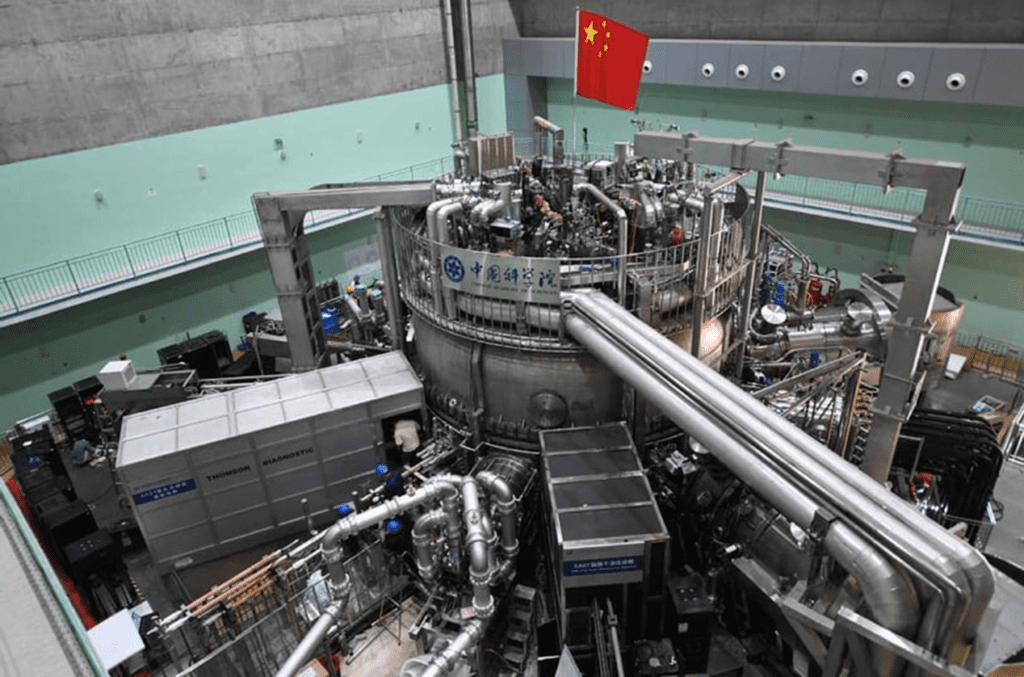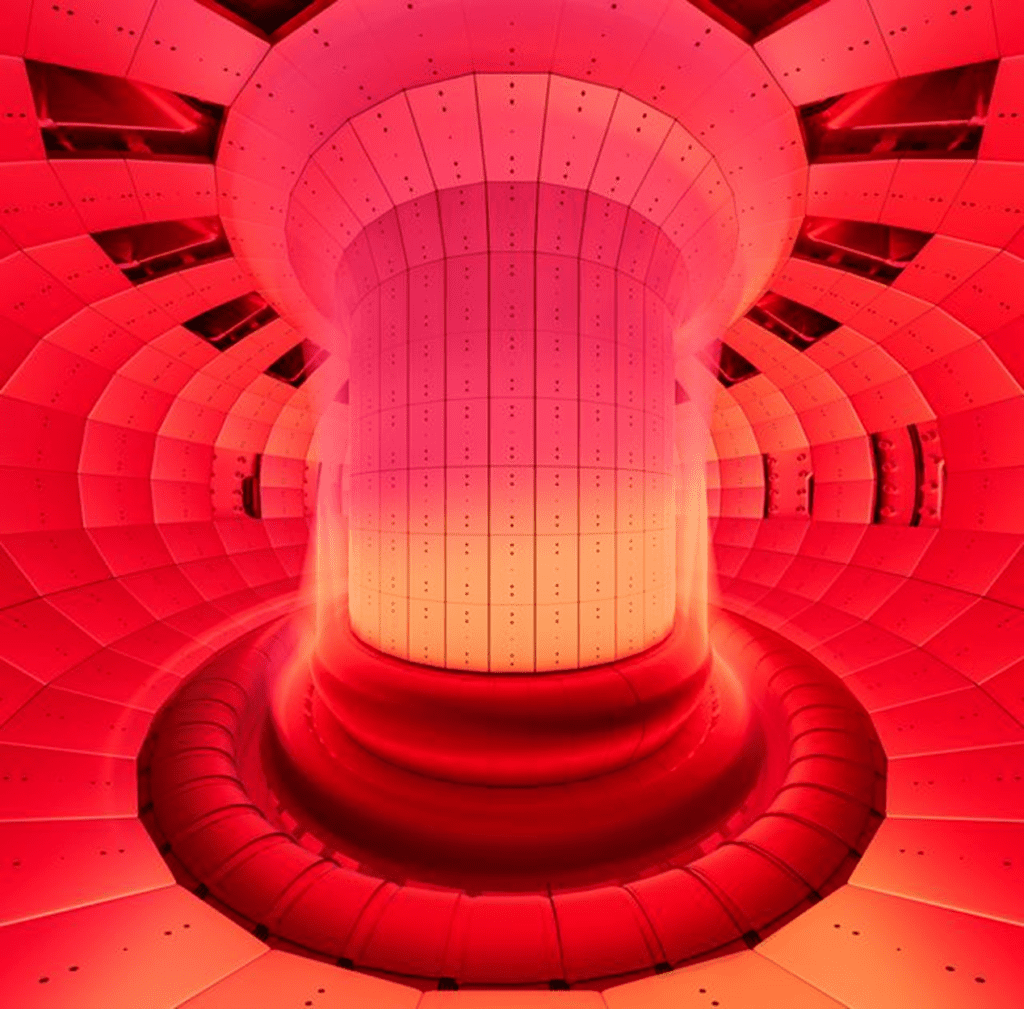This blog contains information about Artificial Sun. In the beginning, it explains what is Artificial Sun. It also mentions few attempts of creating Artificial sun by three countries. These countries includes Germany, China and South Korea. In the end, It elaborates the Environmental Impacts of Artificial sun in detail. This blog contains Artificial Sun of Germany, China and South Korea.
What is Artificial Sun?
Artificial sun is an attempt to create a ball of hot gases to use in place of sun. It is created by Nuclear fusion reactors. It is created for providing clean energy to the people.
By using Artificial sun, we can speed up the mechanisms which requires heat such as photosynthesis, plant growth, extreme cold weather, and other things in life.
Artificial Sun is made on the concept of sun. As the heat produced within the sun is as a result of Nuclear Fission Reaction and it is the only way to create this much heat. So, Artificial sun technology use Nuclear fission reactors to attain the required temperature.
Many Nations have tried to create Artificial Sun. The detail about them are as follows:
Germany:
In 2017, the German Aerospace Centre announced creation of such as device. They call the reactor as Synlight. It reaches the temperature of 5432 °F (3000°C). Its creator claims that it can produce 10,000 times more light than the light reaching the surface of the Earth.
China:
In 2020, China also announced the creation of Artificial Sun. Its name is Experimental Advanced Superconducting Tokamak (EAST) so this biggest artificial sun has achieved a continuous high temperature plasma operation for 1056 seconds in the operation in Dec, 2023. China’s Artificial sun as for the first time reached plasma central electron temperature of 100 million C so it is the key step in marking China’s future fusion reactor experiment according to Hefei Institute of Physical Sciences of the Chinese Academy of Sciences.

China’s Artificial Sun
South Korea:
The attempt of South Korea in maintaining the Artificial Sun is successfully achieve lately. Their tests from December 2023 to February 2024, have been able to successfully maintain the plasma loop at 100 million Degrees Celsius for record breaking time of 48 seconds so this surpasses their previous record of 31 seconds. It is a milestone in artificial fission reactions. This opens the way forward for unlimited clean energy for the future. This is a remarkable achievement. The name of South Korea’s Artificial sun is KSTAR. South Korea is working for more efficient technologies in the present time.

South Korea’s Artificial Sun
Environmental Impacts of Artificial Sun:
Following are some environmental impacts of Artificial sun:
Distribution of Heat:
Like the natural Sun, the artificial sun will not be able to distribute the heat over the globe so it will heat up a part of the globe and the atmosphere above it will face damage by extreme heat.
Enhance Natural Activities:
This Artificial sun is created for the sustainable energy generation so it will accelerate all those natural activities that needs sunlight for their execution. This will increase the rate of plant growth, will be useful in extremely cold temperature and all other mechanisms which needs sunlight.
Switch to Sustainable Energy:
This sun is a sustainable source of energy that we can use for industrial processes, manufacturing and all those activities which adds fossil fuel burning so this is a great step towards sustainable development. It helps to reduce the material use on the Earth.
Climatic effects:
Artificial sun may have effects on climate change in the form of global warming. But on the other hand it will help to stop fossil fuel combustions to which adds a great amount in GHGs in the atmosphere. So, it is not a bad option.
Scientists predicts that France will have a record breaking artificial sun till 2025. This blog contains Artificial Sun of China, Korea and Germany.
To learn about more topics, Click the links below:


Comments